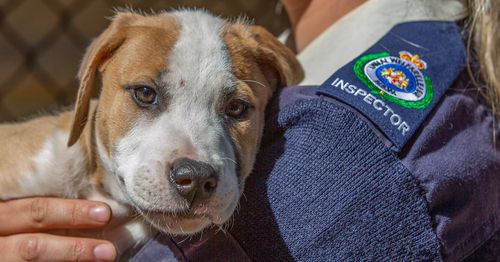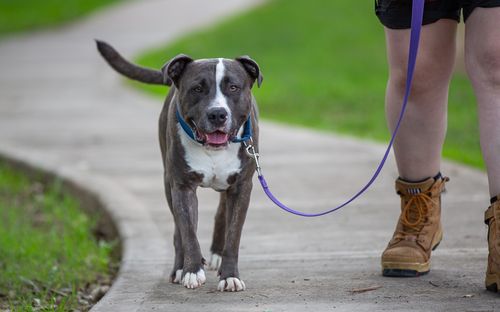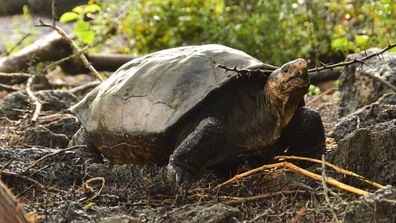Dog ownership in Australia rose 47 per cent between 2019 and 2021, spiking from 5.1 million pet dogs to 6.3 million by the end of the pandemic.

NSW Animal Welfare League CEO Stephen Albin said they have seen a significant surge in discarded pets since the beginning of the pandemic.
“Waiting lists are at eight months to surrender a dog,” he said.
“We’ve seen an increase of about 34 per cent over the last few years of animals under our care.
“At the moment, and I think every shelter is the same, we’re experiencing a pretty significant surge in surrenders.”
But RSPCA NSW said their shelters across the state are experiencing less demand than those in other states.
“Surrender rates at RSPCA NSW have continued to remain steady, and we are not experiencing an influx, like other states,” a spokesperson said.
RSPCA NSW said 2021 data compared to 2022 data for the month of June highlights a decrease in surrenders, from 4,861 to 4,248 dogs surrendered.
Cumberland City Council in Sydney’s west said their shelters have experienced a 10 per cent growth in companion animal surrenders, put down to a “number of reasons.”
“Animals are surrendered for a number of reasons including financial reasons, changes in family circumstances and not being able to care for animals,” a council spokesperson told 9news.com.au.

Albin believes the main reason for giving up a pet comes down to cost of living and rental pressures.
“You’ve got issues with regards to where people move and live and the ability of pets to go with them,” said Albin.
A shortage of rental properties means landlords can be more selective with their tenant choice and that more animal owners are giving up their pets in search of a place to live.
“The overall impact or the overall effect that owning an animal has and the responsibilities that people have when when they take ownership of a pet,” he said.

Albin said that while there has been an increase in adoptions this year, there is still a 24 per cent gap between animals coming in and and animals going out of rescue homes.
“We’ve have had an uplift in adoptions, but it’s only about a 10 per cent increase in adoptions.”
“So there’s still a pretty significant gap there which is causing demand issues, having an excess of demand for our shelter, and I believe many others.”





